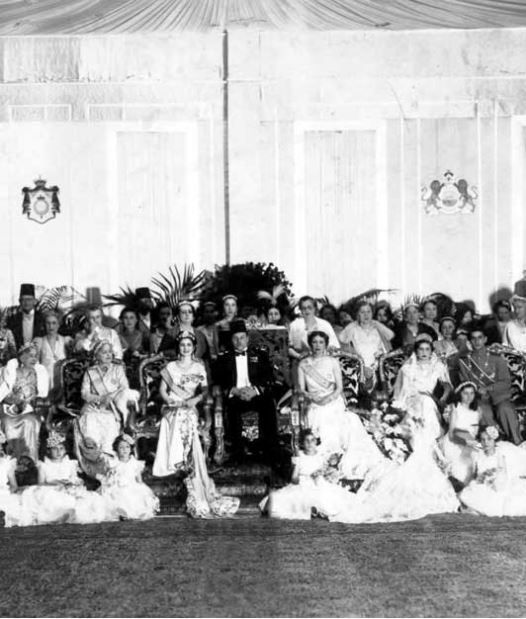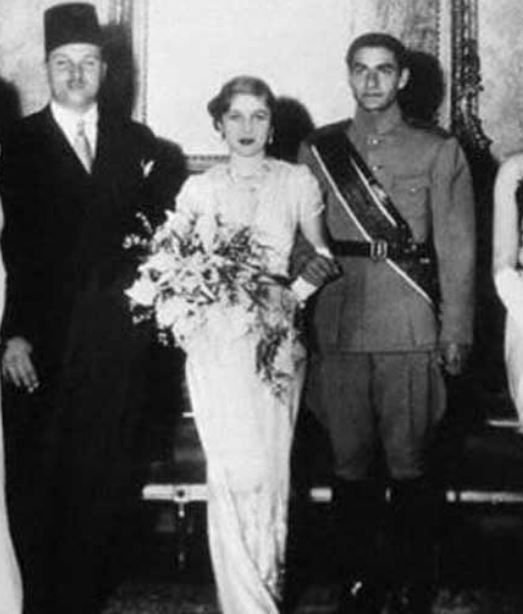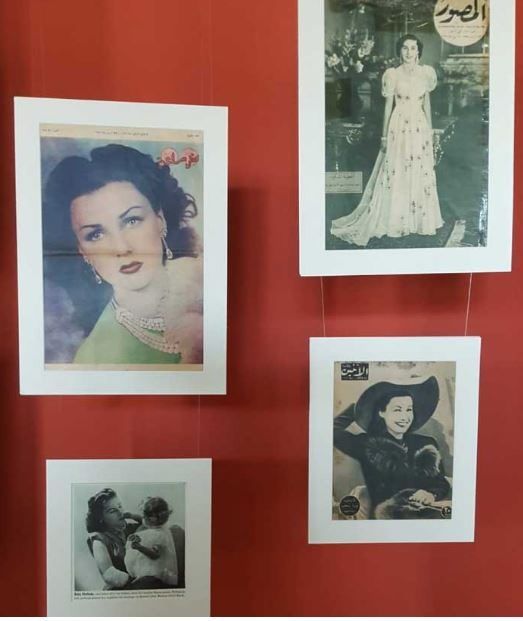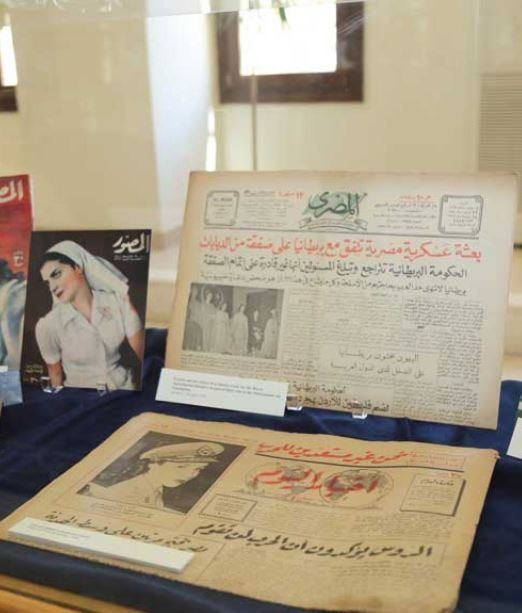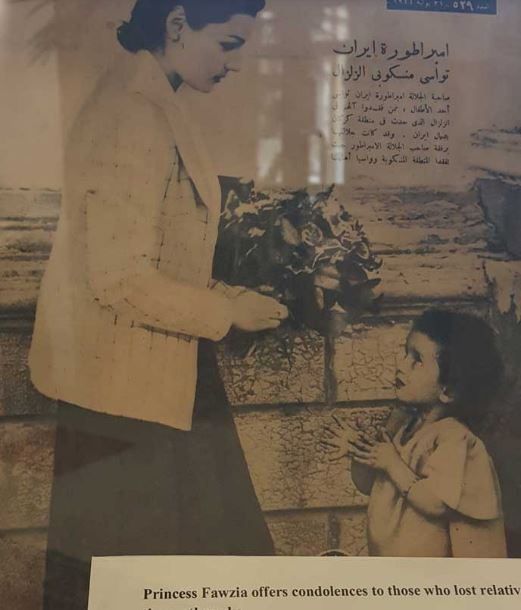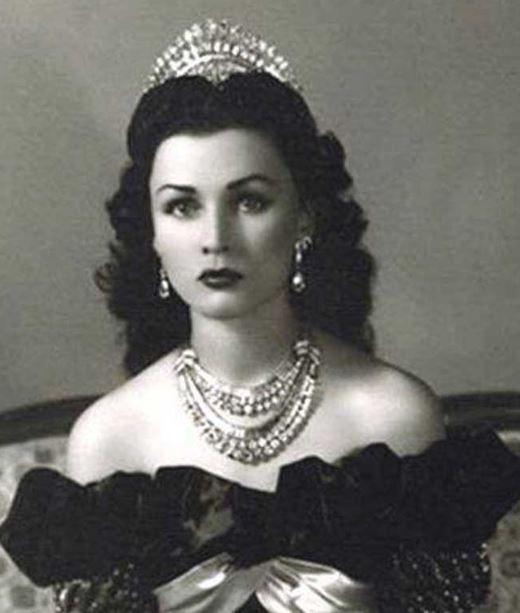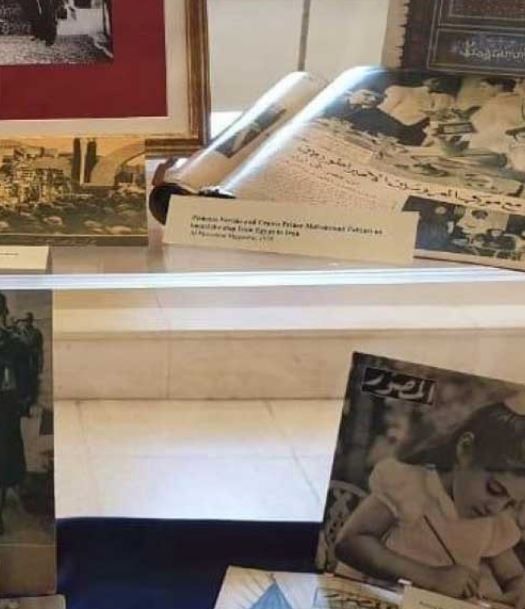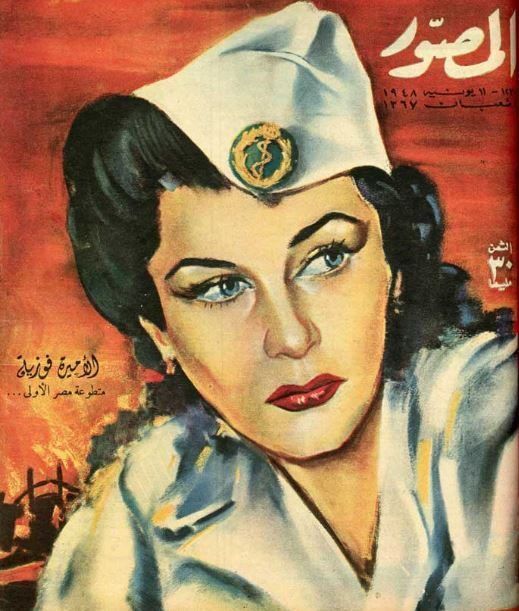By Ahmad Rafat
Fawzia Fuad (1921–2013) was an Egyptian princess who became the first wife of the late Mohammad Reza Shah Pahlavi in 1939 when she was only 17 years old. The marriage, officially ended in 1945 when Egypt granted her a divorce, which Iran recognized three years later. As part of the divorce agreement, their only child, Princess Shahnaz (1940-), was brought up in Iran.
An exhibition titled “Princess Fawzia: The Duality of Egyptian Womanhood through Western and Egyptian Eyes” opened on July 3 at the American University in Cairo (AUC). The show is the brainchild of the young Egyptian-American student Jana Amin and organized by the Rare Books and Special Collections Library (RBSCL) at the AUC.
Amin spent two years researching the life of Princess Fawzia in the media archives of the RBSCL, the KEW National Archives, and Oxford and Harvard Universities. On display are rare documents and newspaper and magazine clippings covering nine decades of the exemplary life of this extraordinary woman.
“While the Egyptian media celebrated Princess Fawzia as a force to elevate the status of women in society, the Western media portrayed her as a spoiled, rich princess whose pictures adorned the cover of fashion magazines,” Ms. Amin noted. “The more I researched her accomplishments, however, the more I came to realize that we knew very little about that part of history.”
The exhibition starts with a copy of the Egyptian newspaper Al-Ahram, announcing the birth of Princess Fawzia on November 5, 1921, at the Ras El Tin Palace on the Mediterranean Sea in Alexandria, Egypt. She was the eldest daughter of Sultan Fuad I and his second wife, Nazli Sabri. Princess Fawzia studied in Switzerland and was fluent in English and French, in addition to her native language, Arabic.
While she was married to the late Shah, Queen Fawzia never gave interviews to any Iranian newspapers or magazines. There are also no Iranian newspaper clippings from that era in the exhibition. A source at the AUC told Kayhan Life: “Unfortunately, the Islamic Republic did not give us access to its historical archives.”
“Contrary to what the Western media reported about her, Fawzia was not a spoiled and foolish princess, but rather a thoughtful person who worked tirelessly for women’s rights,” Amin told Kayhan Life. “She campaigned for women’s rights while married to the late Shah, after her divorce, and in the aftermath of the 1952 Egyptian Revolution, which saw her entire assets seized by the state. Throughout her life, the Egyptians held her in high esteem and always addressed her as the princess.”
The exhibition also includes pictures of her childhood and youth. There are, however, no photographs of her after the 1952 Egyptian coup d’état.
In 1949, Fawzia re-married Colonel Ismail Chirine, an Egyptian diplomat, with whom she had a son and a daughter.
At the time of her death on July 2, 2013, Princess Fawzia was 91 years old.
The exhibition on the AUC campus will run until October 31.
[Translated from Persian by Fardine Hamidi]


